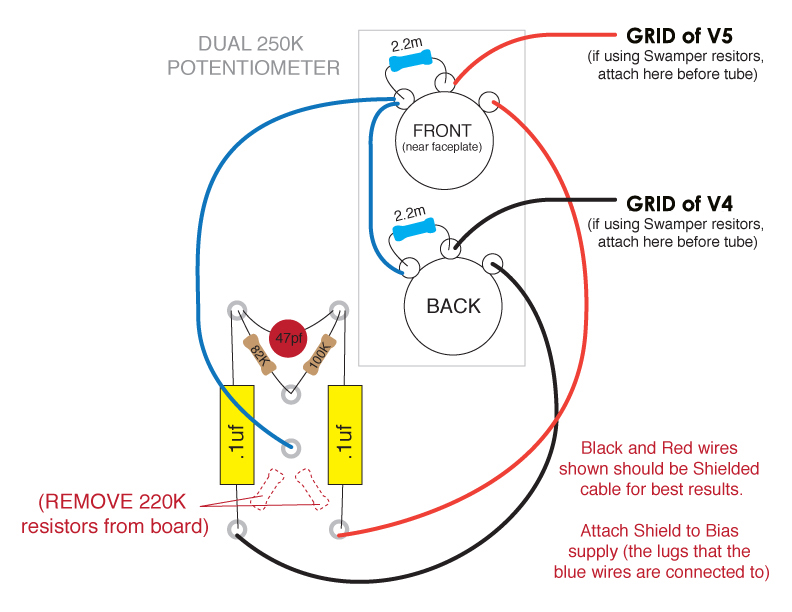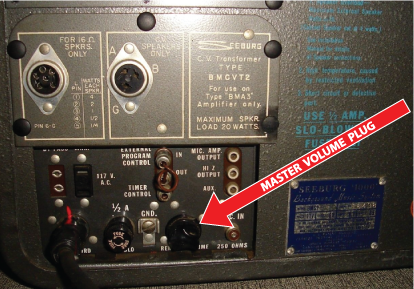

well you do not have to go that far).ĭo not forget that with digital conversion the time peaks can be calculated is reduced to less than 1ms (1/1000 of a second), thus spiky peaks of the "wave form" can be measured and displayed (as a pixel line for example on a scale). We could easily make a standard high number (lets say 85dBFS) and call it "digital maximum" but 0 level is more common and makes more sense (0 is the border between real numbers, 1 is between rational, π is. value of voltage that ADC (analogue to digital converters) can process. That is why in digital domain (software) you have to be careful not to cross the max. Of course that clipping happens through the whole spectrum so it would sound over-compressed but if you loop it in fractions of a second it would sound like a square wave synth = nasty!

That is called "loudness war" in the digital realm. If you clip your digital converters your sound becomes more close to a "square wave synth" and it is ugly. If you clip your VU meter than most probably you'll get a headache and overheated equipment (high voltage). This all has to do of the way analogue VU works. Those peaks were not much of concern because with analogue clipping there was no loss of data (voltage) only reflecting in so called analogue """clipping""", "vintage warmth", "tube saturation" and marketing sh¡t like that. Analogue equipment were not capable of showing true peaks - the needle would be jumping so fast it would look like a blurry triangle. Keep in mind that with analogue the dBVU (like RMS in digital) is an average overall volume for relatively long time period (1/3 of second to 1 even 2 seconds and more). Your ADC audio interface might say it is 24-bit but it is more likely 20-bit if not less (again - quality!). In digital you start with -∞ level (0 in analogue) and raise your levels up to 0dbFS (which depending on the electric transformers could be thought as +18 to +24dBu, yes quality equipment matters everywhere!). With analogue electrical equipment the voltage could be much, much higher: amps, mixing consoles, valves (tubes), compressors, etc. It is because with digital you have upper limit (due to the electric current that can flow through conductors, electronic components). However, after defeating a target, the user may say one of D4C's taunts.Negative sign in dbFS digital meters shouldn't confuse you. This deals 40 damage in total and launches the target back. G - Heartbreaker: The user peforms a sweep and a stomp which each deal 20 damage. The user may walk during this and change direction of the hearts. Each heart deals 2.5 damage and if all hearts hit, will deal 38 damage. Each arrow deals 3 damage, and if all arrows hit, will deal 75 damage.į - Hardening Sin: The user forms a heart with their hands and projects out multiple rays of hearts to the target in front. Y - Machine Gun Kiss: The user forms a large heart, then begins shooting a flurry of arrows. T - Pistol Kiss: The user forms a small heart, then shoots it out, dealing 20 damage if a target is hit. R - Grand Petrification Aroma: The user drop kicks the target, dealing 30 damage and launching the target back. If the user holds E fully, it may deal 52 damage in total. This deals 39 damage in total.Į - Petrification Aroma: The user winds up a barrage of kicks, which deals 2 damage for the target each kick. LMB - Kick Combo: The user kicks the target four times, dealing 8 damage for each of the first three kicks, then 15 damage for the final kick. Mero Mero no Mi has no visual appearance, but can be identified by its idle pose.Ĭan be obtained by using Mero Fruit on Standless. It uses the target's emotions of love towards the user to power the user, allowing ranged attacks to be used. Mero Mero no Mi is an Ability that is based off of the Mero Mero no Mi power from One Piece.


 0 kommentar(er)
0 kommentar(er)
